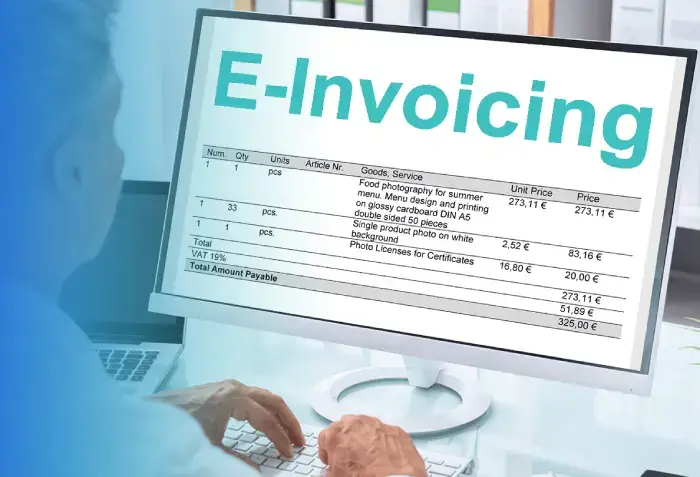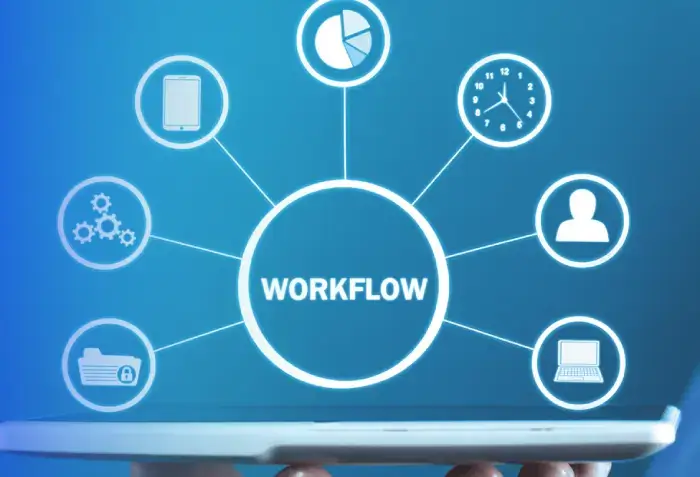In today’s rapidly evolving business environment, the need for a digital-first accounting workflow has become crucial. Traditional accounting methods, which often involve paper trails, manual data entry, and endless spreadsheets, can no longer keep pace with the demands of modern businesses. To stay competitive and efficient, accountants must adopt digital tools that streamline and automate their processes.
This blog explores the blueprint that can transform your accounting processes.These tools are designed to enhance productivity, improve accuracy, and provide real-time insights, ultimately driving the digital transformation of your accounting workflow.

1. Smart Templates
Smart Templates are a game-changer for accountants looking to improve efficiency and accuracy. Traditional templates require manual input and constant updates, which can be both time-consuming and prone to errors. In contrast, Smart Templates are dynamic and automated, allowing for consistent and accurate data entry across various accounting processes.
Benefits of Smart Templates
Smart Templates are foundational in the digital transformation of accounting processes by replacing manual and error-prone tasks with automated solutions. They ensure that data is consistently and accurately entered, leading to greater reliability in financial records. The ability to customize these templates means they can be adapted to various accounting functions, further enhancing the efficiency and accuracy of digital accounting systems. As businesses move towards paperless operations, Smart Templates play a vital role in streamlining workflows, allowing accountants to handle larger volumes of data with ease.
Conclusion
Adopting a digital-first accounting workflow is no longer optional in today’s fast-paced business environment. The features discussed—Smart Templates, Line-Level Invoicing, Authorization Workflow, Accounts Payable Automation, and Performance Reports—are essential for streamlining accounting processes, improving accuracy, and providing real-time insights. These tools collectively drive the digital transformation of accounting processes by replacing manual, error-prone tasks with automated solutions that are faster, more accurate, and scalable.
Smartbooqing is at the forefront of this digital transformation, offering a comprehensive accounting software solution that integrates these features seamlessly. With Smartbooqing, accountants can leverage Smart Templates for consistent and error-free data entry, utilize Line-Level Invoicing for detailed financial tracking, implement Authorization Workflows for efficient approvals, and automate Accounts Payable to save time and reduce costs. Additionally, Smartbooqing’s Performance Reports provide real-time insights that empower accountants to make data-driven decisions.
By embracing digital transformation with Smartbooqing, accountants can stay ahead of the curve and drive business success.







